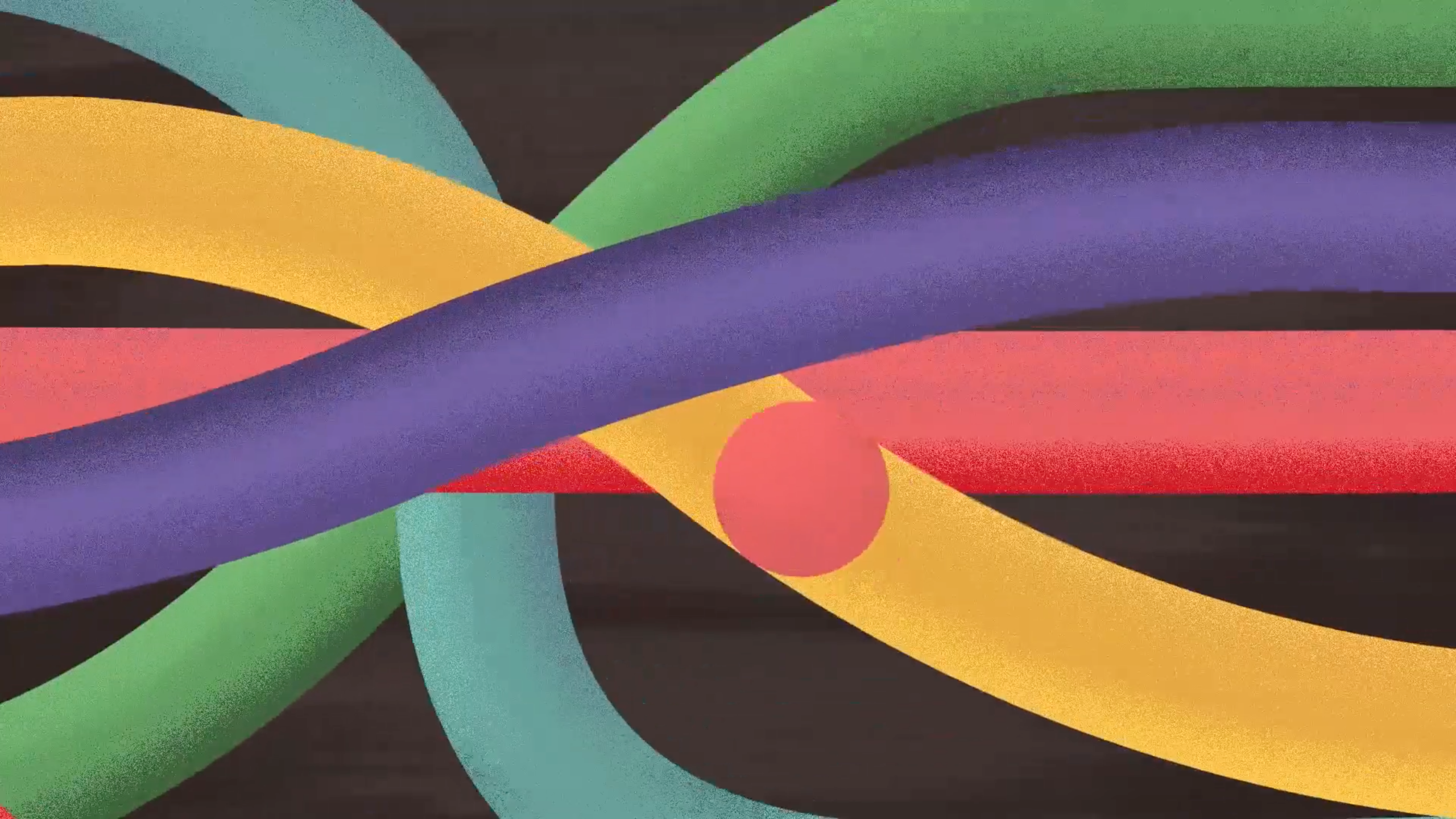
Hub Blog
All the news
Latest Stories
Featured Stories

How Making a Purchase Is Influenced By Consumer Bias
Understanding the consumer decision-making process is something that brands and organisations have long analysed, and invested large portions of their marketing budgets in researching. To be a part of consumers purchase consideration and ultimately win as the brand they choose, is both crucial for the brand's immediate survival, and their longevity. But, the complexity and factors that come into play are layered for all of us and involve both the rationale and emotional when purchasing.
HOW MAKING PURCHASES IS INFLUENCED BY CONSUMER BIAS
Antonio Damasio is a neuroscientist who has studied people who had damage to their brains specifically in the areas where emotions are generated. Through the research, he identified that the lack of emotional feeling resulted in the participants not being able to make decisions. While they understood the logical thought process that they used to associate to decision making, without the emotional reactions they struggled to reach a decision. He concluded that rather than relying on logical or purely rational thought, people actually used emotion as part of the decision-making process.
Herbert Simon, a behavioural economist, argued that during a decision making process individuals rely on certain devices that help to simplify the process. He labelled these devices as heuristics. Common sense, intuition and the gut feeling are just some examples of heuristics that people rely on to help them when faced with a decision. These are incredibly difficult to quantify and as such, make understanding the consumers, as a collective, extremely difficult.
HEURISTICS HELP CONSUMERS
Relying on heuristics helps us, consumers, make decisions - it speeds up the process, especially when the decision isn’t easy – for example, when we have to choose one product from several brands on offer. In addition to logical thought process, what else comes into play is things we all rely on without consciously realising it – an educated guess, intuition, visualising how you would use the product etc.
In 2008, the term ‘choice architecture” was coined by Thaler and Sunstein. It ‘refers to the practice of influencing choice by changing the manner in which options are presented to people.’
So how a choice is presented to a consumer can impact on the end decision. For example, impulse purchases in supermarkets are items like chocolate bars, chewing gum, and crisps that are placed by the checkouts. These are usually low cost items because it helps to make the decision to purchase an even quicker one. By placing these items at the point where we are about to pay, it plays on people’s emotions. It is unlikely we had these items on our shopping list, but rather have picked them up ‘on impulse’. Factoring in context for the purchase decision plays a huge part the consumer process.
CONSUMER BIAS
In addition to context, the combined emotional and rationale thought process people go through in decision making, leads many behavioural economists to believe that people have an anchor bias (anchoring) when they must decide. This is essentially a deep rooted preconceived idea that unduly influences their decision. It is often the first piece of information they hear that forms the ‘anchor’. This then acts as a counter to any rational decision making thought process the individual maybe going through.
Even now with the advent of comparison websites and the introduction of systems to make switching from one brand to another easy, many people stay with their original choice - how many of us have switched bank recently? Although this is a relatively easy thing to do, many don’t because they prefer to stay with the bank they originally joined. This is another type of bias that has been identified in consumer behaviour.
Another consumer bias identified is the availability bias. It suggests consumers are influenced by recent events or memories, something that happened recently that will then exert an influence over the individual when they make a decision. For example, replacing an item that maybe only partly faulty instead of repairing it because they forget the trouble-free period, and instead focus on the more recent event of the breakdown.
Brands have long known they cannot rely on purely factual, logical, rational advertising to communicate their message - it is emotion and context that also play a huge factor.
Subscribe Email
Popular Stories


Lorem Ipsum is a simple dummy text used as a dummy text contents. Lorem ipsum will be replaced. Lorem Ipsum is a simple dummy text used as a dummy text contents. Lorem ipsum will be replaced.Lorem Ipsum is a simple dummy text used as a dummy text contents. Lorem ipsum will be replaced.




